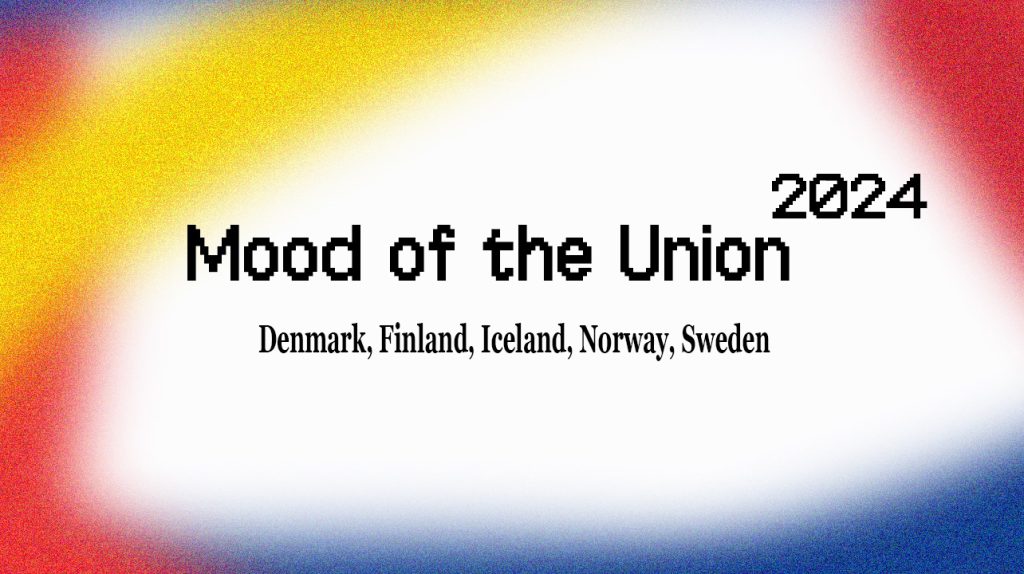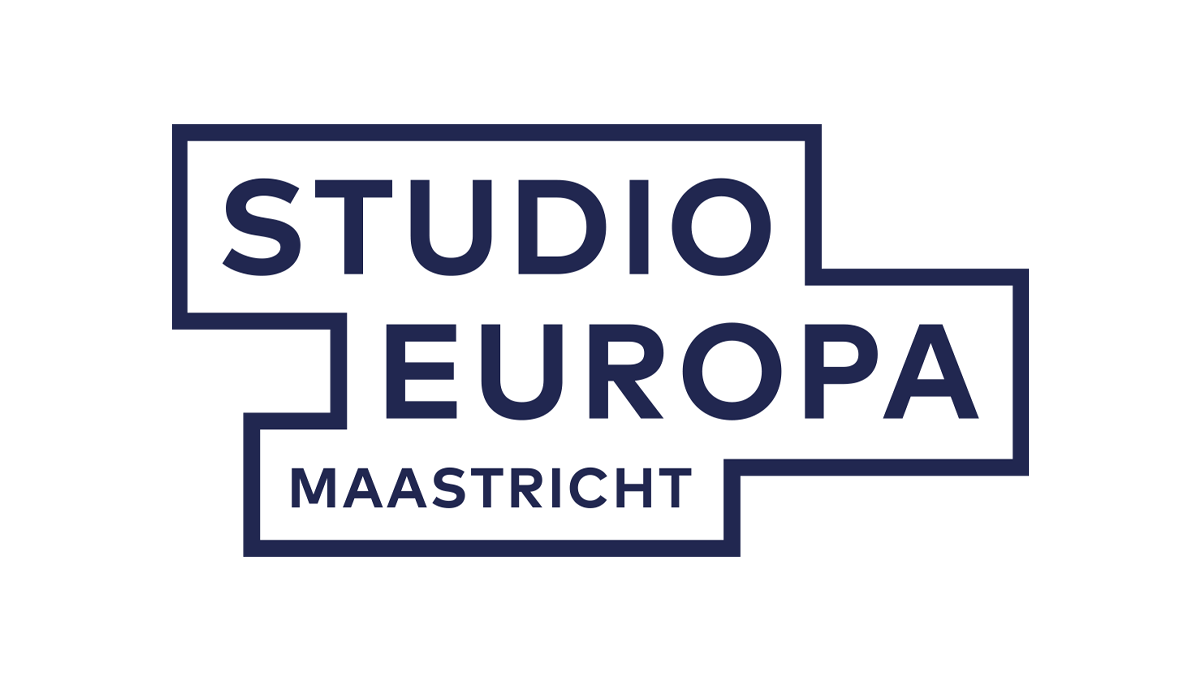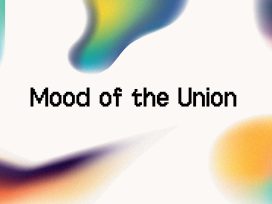Despite far-right rumblings, no populist wave is expected in the Nordic countries. Instead, the EP elections are a battle between centre right and centre left. Alongside migration and defence, environmental agendas have been dominant, with Green parties expected to outperform.
European elections in the Nordic countries, especially the three EU member states – Denmark, Finland and Sweden – are often viewed as an opportunity for electorates to pass judgment on their national government as well as to debate issues overshadowed in domestic politics.
Climate change and environmental policies often take centre stage, with green parties typically doing better than in national elections. Smaller, single-issue parties also get a chance to punch above their weight.
Every EU election brings an ‘X factor’ – an unforeseen issue that emerges and shapes the debate. This year’s wild card remains unknown, but climate change has again loomed large in the Nordic debate, alongside migration.

The Ukraine war and inflation, on the other hand, are less prominent than in other European countries, due to consensus on supporting Ukraine and relatively low inflation rates. In Sweden, Norway and Iceland, where inflation is a little higher, there is an understanding that it is a domestic issue, since they do not belong to the eurozone and do not have their national currency pegged to the euro.
Non-EU members Norway and Iceland are gearing up for their own parliamentary elections in just over a year. Crime, social welfare, and government performance will dominate those campaigns. Recent major personnel changes in both countries’ governments and oppositions could further impact these closely watched elections.
Denmark
As Denmark heads towards the European elections, its fragmented political landscape with over 15 parties in parliament has waged a hard-fought campaign.
Although sometimes viewed as the pioneer of rightwing populism in the Nordics, Denmark’s politics are mostly centrist. The centre-left Social Democrats, centre-right Venstre, and centrist Moderates form the current coalition government. Their delegations to the EU Parliament (S&D and Renew) are expected to maintain a strong presence. Extremist parties at both ends of the scale receive lower support and tend to be less extreme than their counterparts in other European countries. Denmark currently has only one member in the far-right ID group, and not one in the populist right-wing ECR group, out of the country’s 14 seats in total. The outcome of the election will likely reverse that composition: the member of the ID group is not expected to get re-elected and one member of a party belonging to the ECR group is likely to be elected.
The Danish European election will be a referendum on the centrist coalition government, which has served half its current period, but will also be focused on issues like climate change, national defence, food regulations and migration. Added to this are the Danish media speculations on the replacement for the highly influential commissioner Margarethe Vestager, who is leaving the European Commission at the end of her term in late 2024.
Foreign minister Lars Løkke Rasmussen, a former prime minister, is a long-shot candidate. His nomination would secure Denmark another significant portfolio in the next Commission. He represents the Moderates, who belong to the Renew group. Considering the centrality of Renew parties in Denmark’s governing coalition, these are likely to demand the Danish seat in the Commission again. However, Lokke Rasmussen is vital to the government as the founder and leader of the three-year-old Moderates. His move to Brussels could destabilise the party and the government, which they want to avoid.
There is also discussion, among politicians and journalists in the Copenhagen, about sending the socialist prime minister Mette Frederiksen to Brussels, either as a commissioner or as president of the European Council. This makes sense insofar as she is perhaps the strongest incumbent socialist premier in the EU, having served for the last 5 years.
But changing Prime Minister mid-term is always risky. It is unclear how such a move would be viewed by the Danish electorate. Frederiksen is popular domestically and the Danish people might not want to lose her to Brussels. On the other hand, the next national parliamentary election is not for another two years, which would give her successor ample time to build up support.
Finland
It is just over a year since Finland’s general election ushered in a centre-right coalition led by prime minister Petteri Orpo (National Coalition Party). But the upcoming European Parliament election could reshuffle the political landscape.
Although the last European election in Finland took place just over a month after the 2019 Finnish general election, it had a very different outcome. In the EU election, three parties significantly outperformed their national election results, three parties significantly underperformed, and two parties had only marginal differences.
The main reasons for this are that voters prioritise issues like climate change and Russia in the European election, whereas in the national election their choices are influenced by other policy issues and speculations about governing coalitions. The largest party usually gets the first attempt to form a coalition government, which incentivises voters to support one of the major parties.
In the European election, the governing National Coalition Party became the largest party, after coming third in the general election a few weeks earlier. The centre-left Green League gained significant new support, finishing second in the EU election after coming fifth in the parliamentary election. The centre-right Swedish People’s Party of Finland, a member of the Renew group, usually has a small share of the vote but secured 50% more support in both the 2019 EP election and the national election. The parties that underperformed were the rightwing populist Finns Party, the Social Democratic Party, and the Left Alliance.
At the 2024 Finnish EU election, opinion polls suggest a pattern similar to last year’s national election. This time, however, differences stem from current policy issues, with climate change and national security as well as the relationship with Russia in focus. The National Coalition Party and the Green League are again expected to outperform their national election results. The Finns are anticipated to underperform significantly, as they are not seen as relevant on climate issues and lack trust on issues related to Russia. The Centre Party and the Christian Democrats are likely to repeat their results from the parliamentary election a year ago.
The Social Democrat Party and the Left Alliance are projected not only to exceed their previous EU election results but also to outperform their most recent national election results, breaking their usual pattern of underperformance in EU elections. This is likely due to the public’s pushback against the current government and its austerity measures, allowing the Finnish electorate to express criticism against governing parties without negatively affecting the Prime Minister’s party. The Green League benefits from this leftwing surge but also tends to outperform in EU elections, because leftwing voters prioritise climate and environmental policies more in the EU context than in national elections.
On the right, voters are likely to consolidate around the National Coalition Party, valuing its internationalist and cooperative EU approach. The party’s focus on economic affairs, the euro, financial regulation, innovation, research and stable public finances resonates with centre-right voters. In national elections, some voters are drawn to the Finns Party or the Centre Party because of migration issues and agrarian perspectives. However, in EU elections, these voters often choose a more stable and EU-positive party, especially regarding foreign affairs and Russia.
In the EU election, liberal and centrist voters tend to support the Swedish People’s Party to express backing for Swedish culture and language in Finland. However, they may not prioritise the party in national elections due to other pressing issues. Another reason for its 50% increase on its national election result is that members of the Finnish-Swedish ethnic group are typically well educated and middle class have and some of the highest turnout levels. Because overall turnout is lower in European elections than in national elections, the party tends to get a higher vote share in the former than the latter.
Sweden
The Swedish Parliament is currently dominated by three heavyweights – the centre-left Social Democrats, the rightwing populist Sweden Democrats, and the centre-right Moderates. But when it comes to European Parliament elections, the scales often tip in favour of smaller players. Minor forces like the Left Party, Centre Party, Christian Democrats, Greens and Liberals frequently punch above their weight, while the traditional big parties tend to underperform.
However, Sweden’s upcoming European Parliament elections are shaping up to be a game-changer, bucking long-standing trends. In the 2024 Swedish EU election, the three larger parties have been polling closer to their general election results, indicating a substantial increase in their vote share and more seats in the European Parliament. This would come at the expense of smaller parties, some of which are facing worse results not only than at the general election but also the last EU election. Three parties risk losing their seats entirely due.
The Left Party is nevertheless expected to increase its vote share, possibly gaining more MEPs. Its success has been driven by a popular lead candidate and a positive trend in favour of the left in Swedish politics. The Green Party, which has historically performed well in EU elections, is also likely to surpass its general election result once again this year. ‘Green’ issues like climate change, environmental policy and energy policy are on voters’ minds in the EU elections. This is less so in Swedish national elections where health care, education and crime dominate.
Other issues likely to dominate this EU election in Sweden are migration, international crime and gangs, as well as support for Ukraine and the status of democracy in the EU, where developments in Hungary and Slovakia are regularly used as negative examples in the debates. A few of the smaller parties have even suggested that they would like to end Hungary’s EU membership.
The potential ‘X factor’ in this year’s election campaign in Sweden is the newly formed populist party the People’s List. It is jointly headed by a rich and populist former MP for the Social Democrats, Jan Emanuel, and a current conservative and somewhat populist MEP, formerly representing the Christian Democrats, Sara Skyttedal.
They have enough money to take the campaign to finish line, have been successful in getting media attention for their party, and have recruited candidates to their list from almost every other major party. Both are skilled populist politicians.
So far, however, they have not been getting sufficient traction in the polls. But if they were to get enough support to gain just one seat in the European Parliament, let alone more, it would shock Swedish politics. Any gains for the populist right would likely come at the expense of one of the traditional parties, which might even lose their representation in the European Parliament completely.
Iceland
Since the full-scale Russian invasion of Ukraine in February 2022, support for Icelandic EU membership has shifted significantly, with polls now showing a plurality in favour. Membership in NATO alone is no longer seen as sufficient in this uncertain geopolitical climate. The ‘No’ camp, previously dominant in polls, has seen a sharp decline in support, with growing calls for either restarting EU membership negotiations or joining outright.
However, the three main parties opposing EU membership are all currently part of the government, and halted membership negotiations in 2013. In April 2024, prime minister Katrín Jakobsdóttir, Iceland’s most successful politician in 30 years, resigned from her post after seven years (and as leader of the Left-Green Movement party after eleven years) to run for president. Jakobsdóttir has led her progressive Left-Green Movement into government twice, securing the top position for the party for the first time in history. She was succeeded by Bjarni Benediktsson, who previously held the position of prime minister in 2017.
Benediktsson has led the Independence Party since 2009 and held the position of minister of finance and economic affairs for the majority of Jakobsdóttir’s seven-year tenure, also serving as Minister of Foreign Affairs in the final six months. As Prime Minister, he will aim to secure a third consecutive election victory for the coalition. However, this task is challenging, as he begins his second term with historically low approval ratings, while the main opposition party, the Social Democratic Alliance, is experiencing record-high polling numbers.
Norway
Norway’s relationship with the EU is unlikely to change in the near future. Most parties and the majority of the population oppose EU membership, even after Russia’s full-scale invasion of Ukraine. Norwegians believe they are prosperous enough to remain outside the EU and benefit from membership in the European Economic Area (EEA) and access to the single market without becoming full EU members. They are hesitant to contribute as net contributors to the EU budget, which they see as effectively transferring funds to poorer and less efficiently managed countries. Additionally, they are reluctant to accept freedom of movement.
The focus ahead of the next year’s national parliamentary election is on the leader of the opposition, former prime minister Erna Solberg of the centre-right Conservative Party. Solberg, who served as Prime Minister from 2013 to 2021, is seeking to regain her position as head of government. Opinion polls indicate that the coalition of centre-right to right-wing opposition parties holds a clear lead over the current government, which is a minority coalition between the Labour Party and the Centre Party.
Both governing parties are currently experiencing significant declines in national polling compared to their 2021 election results. If an election were held tomorrow, the Centre Party’s standing in parliament would halve, according to the latest polls. But the crisis is arguably greater for the Labour Party. Their 2021 election result was one of their worst since the 1920s, and they’ve seen a decrease in voter share under current leader Jonas Gahr Store. If the Erna Solberg government had not lost the last election, Gahr Store would probably no longer be leading the Labour Party. This is further highlighted by Labour Party losses in the 2023 local elections, where they came second behind the Conservative Party for the first time in 99 years. The Conservative Party’s substantial improvement in performance has led them to secure mayoral positions in all of Norway’s ten largest cities, up from just two.
Looking ahead, the Labour Party faces a grim outlook, potentially losing its status as the largest party in the Norwegian parliament for the first time since 1927. But the Conservative Party faces challenges amid a scandal involving Solberg’s husband’s secret stock market trading during her tenure as Prime Minister. Although investigations found no wrongdoing, Solberg’s approval ratings have suffered.
The rightwing populist Progress Party has capitalised on this crisis, maintaining historically high support as the clear third party in national polls. Climate change, social welfare and crime, particularly drug-dealing gangs from Sweden, are expected to be key issues in the 2025 national election in Norway.
Prospects
As the Nordic countries head to the polls in the European elections, their shared political DNA – centre-left and centre-right dominance, rising populism, and penchant for coalition governments – ensures some familiar campaign battlegrounds. Environmental issues loom large once again across Denmark, Finland and Sweden, continuing the region’s ‘green’ fixation on the European stage.
But a new challenge awaits after the polls: staking a claim to the EU’s Nordic power vacuum left by the imminent retirement of the influential Danish Commissioner, Margrethe Vestager. With Vestager’s exit, an intriguing sub-plot will unfold as the three nations jockey to install their respective candidates at the heart of Brussels’ decision-making. Longstanding Nordic cooperation could prove decisive in this high-stakes game, with unified backing potentially propelling one candidate to oversized influence in the next EU executive.
The burning question: which Nordic neighbour will emerge as the new voice of the region, inheriting Vestager’s weighty mantle? Amidst the heated environmental debates and populist rumblings, a discreet game of diplomatic chess lurks in the shadows – one that could shape the power dynamics of the entire Nordic bloc for years to come.
Published 7 June 2024
Original in English
First published by Eurozine
© Gustaf Reinfeldt / Eurozine
PDF/PRINTIn collaboration with
In focal points
Newsletter
Subscribe to know what’s worth thinking about.
Related Articles

The bottom of the pecking order
Ord&Bild 5/2021
In Swedish journal Ord&Bild: the semantics of the gig; joy and violence in Belarus; remembering the squatter movement; and the invisible labour of the GM chicken.

Layers of representation
Ord&Bild 1/2021
‘Ord&Bild’ opens its pages to the Gothenburg-based writers collective Qalam, headed by Johannes Anyuru. Poetry, prose and discussion reflecting on what it means to write – and to write in Swedish.






